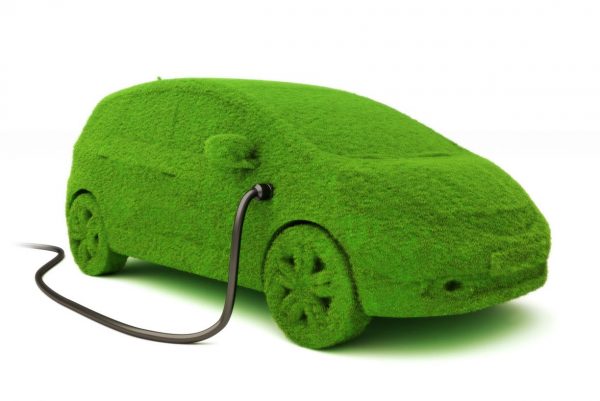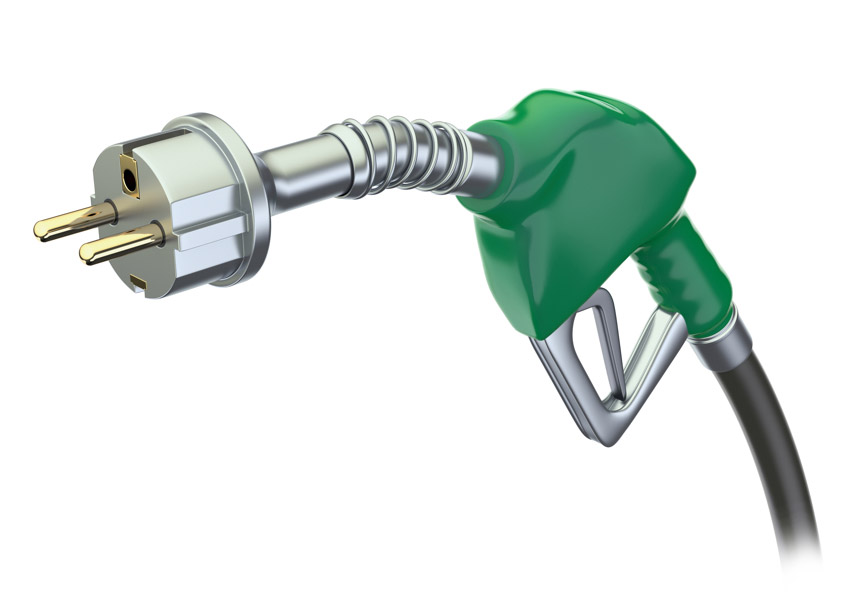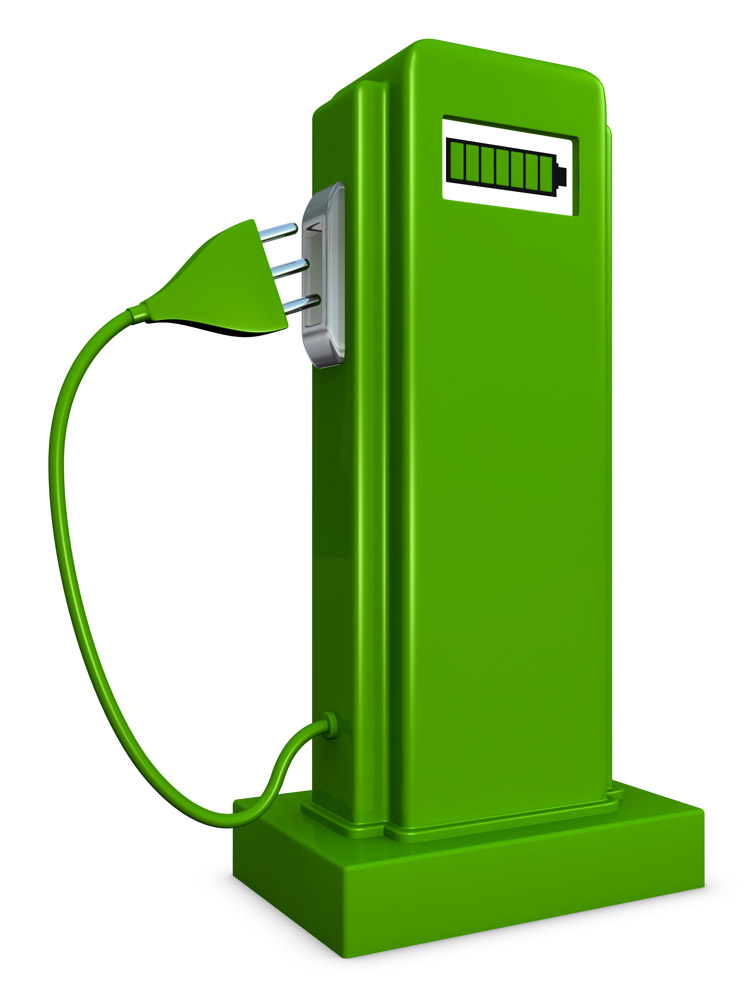Car and Environment
Ecodriving Principles
Driving habits and the Environment
The reduction of CO2 emission requires a combination of factors. Eco-driving is among the actions should be taken as it could lead toreduction in fuel consumption and in CO2 emissions of up to 20%.
Eco-Driving, is a “smart” way of driving, whichcan be easily applied to all types of vehicles. Today it is included among the most importantofficial measures of EU, concerning the improvement of energy efficiency of road transport and CO2 reduction. Slight changes in driving style enable drivers to exploit fully the fuel-efficiency potential of modern technologies. Eco-driving is easy to apply.

Eco-driving advantages
Cost- cutting in fuel consumption and in vehicle’s maintenance
Comfort for the driver and the passengers
10-25% less accidents-improved road safety
Significant reduction of sound pollution
Up to 20% less fuel consumption and respective CO2 emissions
Significant reduction of pollutants emissions ( CO, H/C, NOx)
Decrease stress-levels while driving
Equal or even less travel time in compared to conventional style of driving.
The golden rules of eco-driving
Change in habits of drivers is a prerequisite to CO2 reduction. In order to protect the environment and reduce their expenses, the drivers need to apply slight changes in their driving styles following the golden rules of eco-driving.

Engine operation at the lowest possible revolutions
Maintain a steady speed
Anticipate traffic flow
Decelerate smoothly before stopping
Switch off the engine at short stops
Check the tyre pressure frequently once per month
Proper and tactic vehicle’s maintenance
Get rid of surplus weight and unused roof racks
Wise use of air-conditioning
Decelerate Smoothly when turning.
Eco-driving Campaign
AMVIR in cooperation with the Ministry of Infrastructure, Transport and Networks carried out in August 2008 an advertising campaign in order to promote eco-driving.
“Don’t drive mechanically. Think Green” was the main message of the campaign which took place both in the press and television aiming at changing the driving habits of Greek drivers.
Vehicles become “green”

Every year, ACEA members spend over €20 billion, or over 4% of their turnover, on Research & Development. Innovation focuses on improvements in engine technologies, aerodynamics as well as on the reduction of rolling resistance and vehicle’s mass. Moreover, auto industry develops internal combustion engines, hybrid systems, electrical motors, several forms of fuel cells, particulate matter filters for diesel engines, supports the usage of alternative fuels and the engine’s cooling fluids. Furthermore, vehicles’ air conditions are now significantly improved in terms of energy consumption, cooling fluids and leakage.
Since 1990, another initiative of the auto industry is that of recycling materials at the end of products’ life. The EU directive 2000/53 about end-of-life vehicles resulted to the reuse and recovery of 85 % by an average weight per vehicle in 2006. In 2015 this percentage is expected to reach 95%. In this context, the non-profit organization Alternative Management of Vehicles Hellas (EDOE) was founded in Greece.

Integrated strategy
The electric car




Αndrea Papandreou 13, Marousi 151 24, Athens Greece
Tel.: (+30) 210 68 91 400
Fax: (+30) 210 68 59 022
EXHIBITIONS – LINKS – BROCHURES – CONTACT
COPYRIGHT 2020 | POWERED BY THINK PLUS
